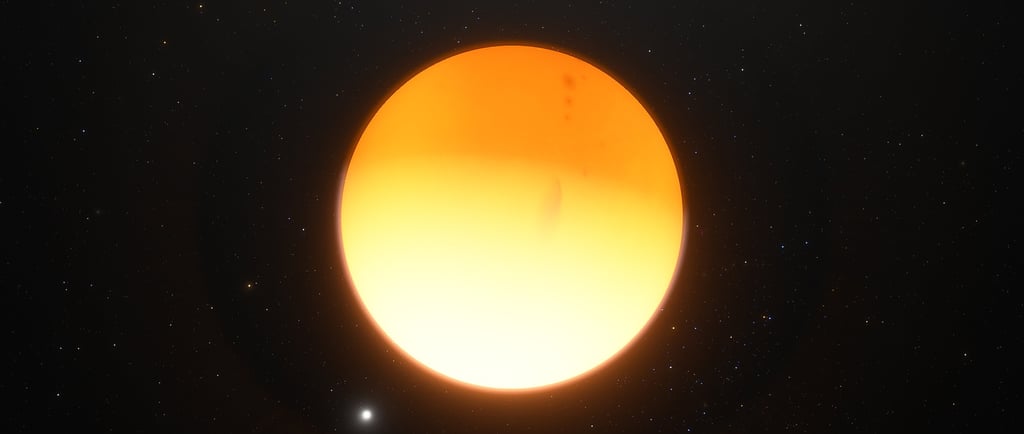The Scorched Exoplanet Kepler-10b


The Discovery of Kepler-10b
Kepler-10b is a remarkable exoplanet that was discovered by NASA's Kepler Space Telescope in 2011. Located approximately 560 light-years away from Earth in the constellation Lyra, this exoplanet has garnered significant interest due to its unique characteristics. As the first confirmed rocky exoplanet, Kepler-10b challenged previous assumptions about the formation of planetary bodies beyond our solar system.
Physical Characteristics and Composition
Kepler-10b is classified as a 'hot Neptune' because of its proximity to its host star, Kepler-10. This fiery position means that it has a surface temperature that can exceed 1,000 degrees Celsius (1,832 degrees Fahrenheit). The planet is approximately 1.4 times larger than Earth and is estimated to have a mass about 4.6 times greater. Such density suggests a rocky composition, making Kepler-10b one of the more solid worlds discovered outside our solar system.
Significance in Exoplanet Research
The study of Kepler-10b plays a crucial role in enhancing our understanding of exoplanets. Its discovery signifies a monumental leap in astronomy by confirming the existence of rocky planets beyond our solar system. This exoplanet serves as a stepping stone for astronomers to refine their search for potentially habitable worlds. While the harsh conditions of Kepler-10b mean it is not a candidate for life, studying such extreme environments provides insight into the diversity of planetary systems.
As we continue to explore Kepler-10b and other similar exoplanets, the data we gather will not only illuminate our knowledge of the universe but also help us understand the conditions necessary for life to flourish on other distant worlds. Observations of Kepler-10b can serve as a comparative model for future research on planetary formation and evolution within the cosmos, marking its place as an essential part of ongoing astronomical investigations.
